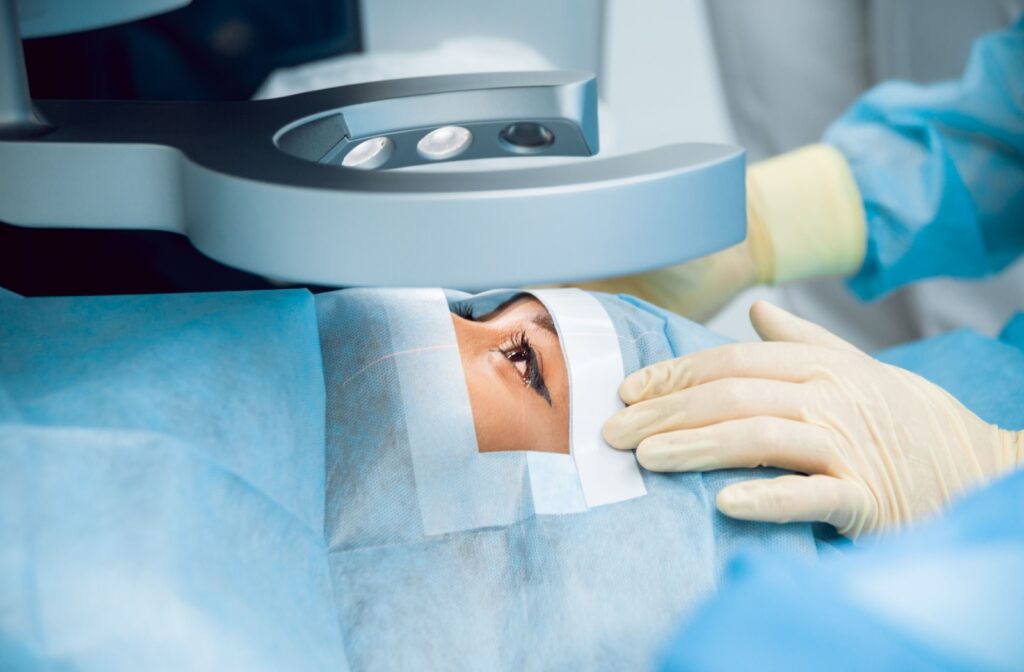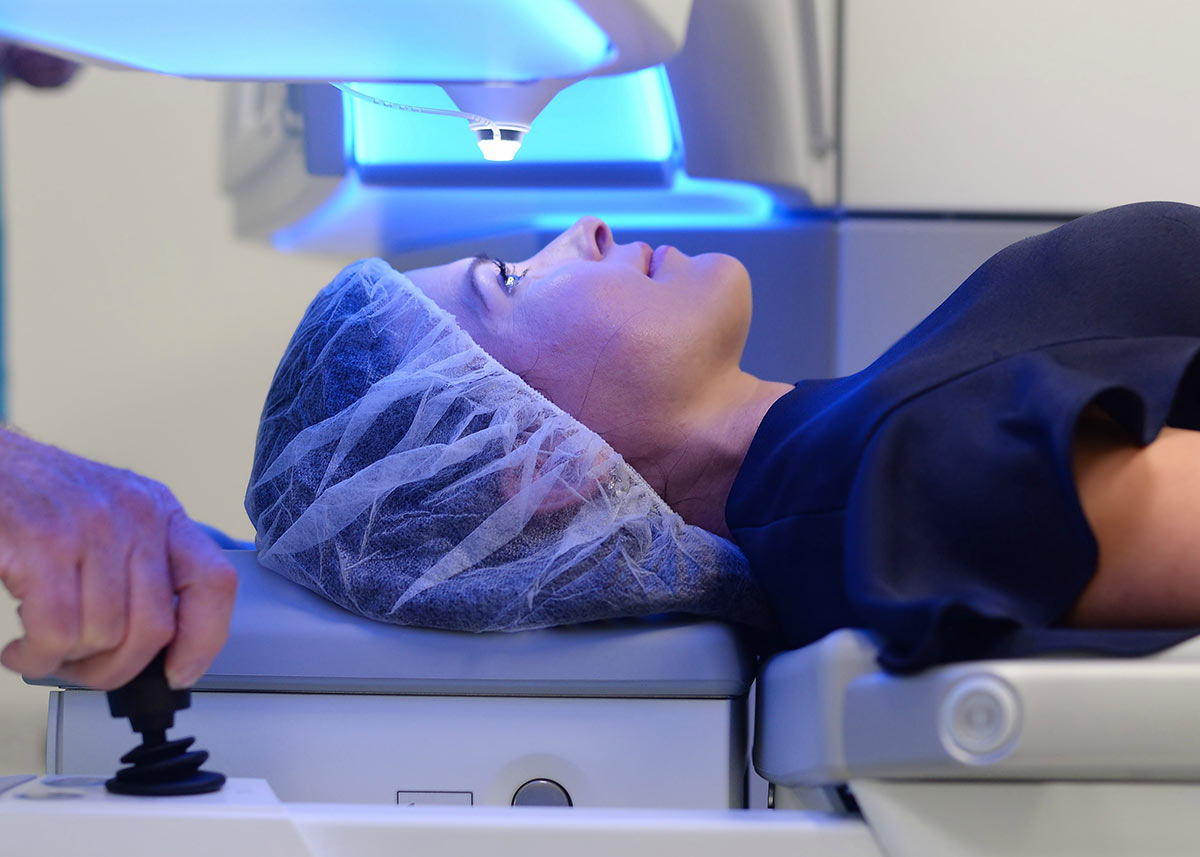Introduction: A Clearer World Awaits
Imagine waking up, blinking a few times, and realizing you can read the time on your alarm clock without reaching for your glasses. That simple moment—crystal-clear vision without help—is life-changing for millions. It’s no wonder that laser eye surgery continues to grow in popularity around the world.
If you’re considering taking that leap toward better vision, you’re probably wondering: What type of laser surgery is right for me? The truth is, there isn’t a one-size-fits-all answer. Just like shoes or sunglasses, your vision correction should fit you. So, let’s walk through it—simply, honestly, and with your eyes on the prize.
Why It’s More Than Just Convenience
We often think of laser eye surgery as a way to ditch glasses or contacts. And yes, that’s part of it. But it goes deeper.
Freedom to Live Unrestricted
Ever been caught in the rain with foggy lenses? Or tried to enjoy a beach vacation while worrying about sand in your contacts? With corrected vision, those little disruptions fade away. You gain freedom—not just in how you see, but how you move through life.
Confidence That Comes Naturally
When your eyes aren’t hidden behind glasses, your face opens up. Makeup application becomes easier. Playing sports feels natural. You might even feel more confident in photos or during conversations. These small shifts build a bigger emotional win.
A Smarter Financial Choice
Glasses, contact lenses, cleaning solutions, and annual eye exams add up. Over time, these costs easily outpace the one-time price of laser surgery. Many patients say they broke even within five years—and enjoyed the benefits long after.
Life After Surgery: The Simple Joys
Real-world changes can be surprisingly emotional. One patient described seeing leaves clearly on trees for the first time in years. Another recalled crying after watching their child’s school play—because they could focus fully, without adjusting their lenses every few minutes.
It’s not just vision—it’s clarity in the moments that matter.
Emotionally, many report feeling more confident and less anxious. Whether it’s falling asleep without worrying about removing lenses, or traveling without packing spares, life just gets easier.
Understanding the Technology & Safety
So, what actually happens during laser eye surgery? Let’s break it down in plain English.
How It Works (No Jargon, Promise)
Think of your eye like a camera. The front lens—your cornea—helps focus light on the back wall, where the image forms. When your cornea has the wrong shape, the image becomes blurry.
Laser surgery gently reshapes the cornea so light hits the right spot. That’s it. Just a little sculpting—painless, precise, and very fast.
A Safe Choice with a Long Track Record
Laser eye surgery has been around since the 1990s and has only improved since then. Today’s lasers use detailed maps of your eye and track even the tiniest movements during the procedure. That means more accuracy and fewer complications.
Most patients achieve 20/20 vision or better. And with today’s techniques, recovery time is quicker than ever.
The Main Types of Laser Eye Surgery (And Who They Suit Best)
Here’s where choosing the right option matters. There are several types of laser surgeries—each with its own strengths. Let’s look at the most common ones:

1. LASIK (Laser-Assisted In Situ Keratomileusis)
Who it’s best for: People with mild to moderate nearsightedness, farsightedness, or astigmatism.
This is the most well-known procedure. A tiny flap is created on the cornea, and the laser reshapes the layer underneath. It’s quick (about 10 minutes per eye) and most people see clearly within a day or two.
Pros:
- Fast recovery
- Minimal discomfort
- Highly predictable results
Cons:
- Not suitable if your corneas are too thin
- Dry eyes may occur temporarily
2. PRK (Photorefractive Keratectomy)
Who it’s best for: People with thin corneas or those in jobs where flap injuries are a risk (e.g., military, contact sports).
PRK doesn’t involve creating a flap. Instead, it reshapes the surface directly. It takes a bit longer to heal—about a week—but offers excellent results.
Pros:
- Great for thinner corneas
- No flap-related risks
- Long-term outcomes are comparable to LASIK
Cons:
- Longer recovery period
- More post-op discomfort
3. SMILE (Small Incision Lenticule Extraction)
Who it’s best for: People with moderate to high nearsightedness.
SMILE uses a small laser incision to remove a tiny lens-shaped piece from the cornea, reshaping it from within. No flap is needed.
Pros:
- Less dry eye afterward
- Small incision means quicker surface healing
- Ideal for active lifestyles
Cons:
- Limited to nearsightedness (for now)
- Not as widely available as LASIK or PRK
Your eye surgeon will help determine which option fits your eyes best. It’s not just about preference—it’s about corneal thickness, prescription stability, and lifestyle.
When It Makes Sense to Consider Surgery
Wondering if now’s the right time?
If you’re between 20 and 40, your eyes are likely stable enough for surgery. Beyond age, consider how much glasses or contacts interfere with your life. If they’re more of a burden than a benefit, it might be time to explore your options.
People with stable prescriptions, healthy eyes, and realistic expectations make the best candidates. A consultation can confirm this—no pressure, just information.
Risks and Considerations
Let’s be honest: all surgeries carry some risk.
For laser eye procedures, the risks are minimal, but not zero. Side effects like dry eyes, glare at night, or halos around lights are possible. In most cases, they fade within weeks or months.
The key is finding a reputable surgeon who conducts thorough pre-surgery screenings. That step alone helps avoid nearly all preventable issues.
Conclusion: Vision That Matches Your Vision for Life
Choosing to improve your vision isn’t just about clear sight—it’s about clearing the path for the life you want to lead. Whether that’s running a marathon, chasing your kids through the park, or just sipping coffee and seeing the sunrise clearly, laser eye surgery can open doors you didn’t realize were blocked.
Each surgery type—LASIK, PRK, SMILE—has its place. The best way to know what’s right for you? Talk to a trusted eye surgeon. Get your eyes evaluated. Ask your questions. Listen to your instincts.
Because your vision? It’s worth investing in.



